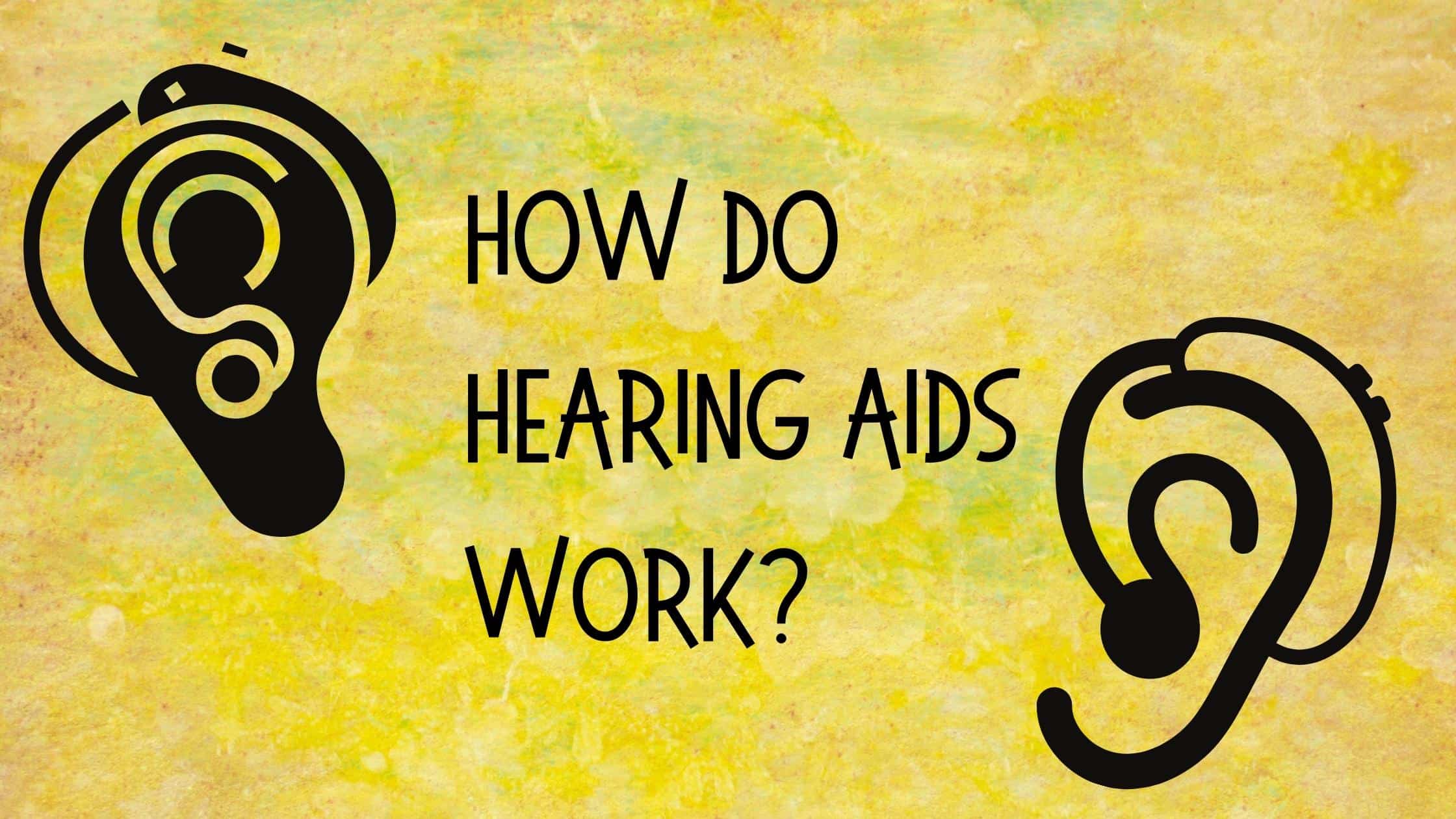The amazing nature of hearing aid technology is an extension of the similarly astounding process of hearing in the human ear. By transforming air pressure into electricity, a process called “transduction,” the human body creates electrical signals that flow through the brain, making it possible to detect the subtle differences between the voice of one person and another. This remarkable process uses the architecture of the ear to detect these slight differences in pressure, but those sensitive parts of the ear are also susceptible to damage. Let’s take a look at the way hearing aids work to improve the signals that enter the ear in the first place.
Hearing Aid Components
Although there is a wide variety of hearing aid styles and types, they have four components in common: microphone, amplifier, speaker, and batteries. Beginning in the external world, sound pressure vibrations push air particles toward the microphone in tiny pulses. Imagine a person plucking a string on a guitar. You can watch that string vibrate back and forth in the air.
When something pushes air particles and then recedes to create less pressure, those waves are called acoustic sound. Acoustic sound pressure reaches the microphone in hearing aids and pushes against a tiny component first. When the microphone detects these differences in pressure, it converts that acoustic energy into electricity.
The amplifier is up next, transforming that electrical signal in various ways. The most important transformation is to simply raise the volume, or amplitude, of that electrical impulse. As we will see, digital hearing aids make it possible to transform audio in many other ways, as well. After that electrical signal has been transformed, it can proceed to the speaker.
The speaker is a component that works like the microphone in reverse. The electrical signal is converted into acoustic energy once again, but that pressure is now greater than when it entered the hearing aid. The transformation is complete, sending along a louder sound to the ears than it exists in the world!
Digital Transformations
This story describes how analog hearing aids have worked and continue to serve many people. Yet, the innovations of digital audio make it possible to transform not only the overall volume of sound but other features that are distinguished by complex processes.
Take, for instance, digital hearing aids that are connected to a smartphone app through Bluetooth or other wireless connectivity. These aids make it possible to take that electrical sound signal, convert it into a series of 1s and 0s, and to analyze it for its complex qualities. With that data in hand, digital hearing aids can detect the difference between background noise and a person speaking. Rather than raising the entire signal, including background noise, they can leave the noise in place and bump up only the sound of voices.
These capabilities go even further. They can detect the voice of a speaker who is directly in front of a person, making it possible to raise the volume on that voice and to leave the other voices in their place. With the GPS data connected via that smartphone app, these aids can even tailor certain audio preferences to places that are commonly frequented, such as a workplace, church, or the home of grandchildren.
Without taking the time to adjust the settings for each different location, digital audio processing makes it possible to analyze that location, take user input about preferences, and remember those settings for next time.
Enhancing the Ear
Once acoustic sound leaves the hearing aid, it travels the many features of the ear to ultimately become an electrical signal once again. The brain analyzes that electrical impulse in some of the same ways that digital processors can do, identifying important pieces of sonic information and “tuning out” the rest.
With this remarkable process in place, allowing technology to assist the abilities of the body, those with hearing loss can restore many features of sound down to the finest detail. Although these devices do not work perfectly for everyone, they can do an amazing job at improving communication ability and setting up the brain to successfully receive, identify, and analyze the sonic information it receives, making it possible to detect the subtle differences in language that are crucial to understanding.






